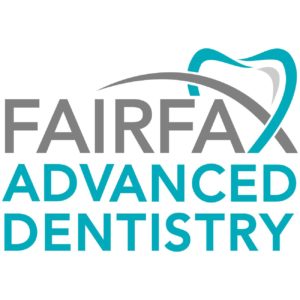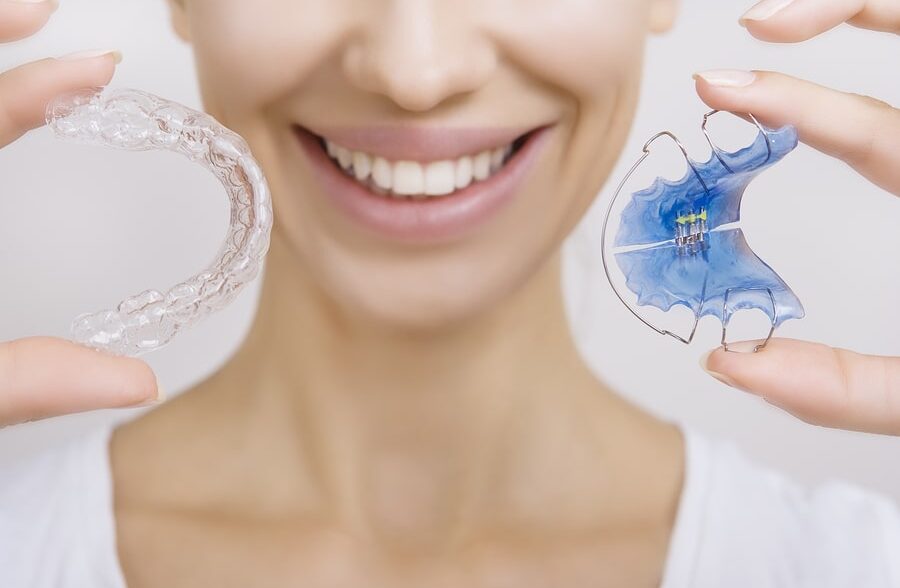In the world of orthodontics, Invisalign and traditional braces are the two most common options when it comes to straightening teeth. Each offers unique benefits and potential challenges. The question is, how do you choose the right one for you or your child? To make an informed decision, it’s crucial to understand what each treatment involves, along with their pros and cons.
Traditional Braces
Traditional braces have been around for decades. They involve brackets attached to each tooth, connected by a wire, which is periodically tightened to shift teeth into proper alignment.
Pros: Traditional braces are often more effective for complex issues, such as severe overcrowding or misalignment. They are always in place, which means the treatment is continuous. This is a good option for younger children who might not be responsible enough to wear and care for removable aligners.
Cons: Aesthetically, braces are more noticeable than Invisalign, and some people may feel self-conscious. They can make brushing and flossing more challenging, increasing the risk of staining and decay. They might cause discomfort due to wires and brackets rubbing against the inside of the mouth.
Invisalign
Invisalign, introduced in the late 1990s, uses a series of clear, removable aligners custom-fitted to your teeth. These aligners are replaced every two weeks, gradually shifting your teeth into alignment.
Pros: One of the main advantages of Invisalign is aesthetics. The clear aligners are virtually invisible, making them a popular choice among adults and teens. Because they’re removable, there are no restrictions on what you can eat, and maintaining oral hygiene is straightforward. Moreover, they tend to be more comfortable than braces since there are no wires or brackets.
Cons: Invisalign requires discipline. The aligners must be worn for at least 22 hours per day and only removed for eating, drinking anything other than water, and cleaning. If not worn consistently, treatment effectiveness can decrease. Invisalign may not be the best choice for severe or complex dental issues.
Making the Right Choice
When deciding between Invisalign and traditional braces, several factors come into play. These include the complexity of your dental issues, your lifestyle, age, budget, and personal preferences.
For straightforward cases, both Invisalign and braces can achieve excellent results. But for more complex issues, braces might be the better option. Aesthetically conscious individuals, or those whose lifestyle suits a removable appliance, may lean towards Invisalign.
Remember, there’s no one-size-fits-all in orthodontics. The best way to determine which option is right for you is through a consultation with your doctor. They can evaluate your case, discuss your goals, and recommend the treatment that best suits your specific needs.
Whether it’s Invisalign or traditional braces, both paths lead to the same destination: a healthier, more confident smile!
This blog post is provided for informational purposes only and should not be interpreted as medical advice. The content of this post is not intended to be a substitute for professional medical advice, diagnosis, or treatment. Always seek the advice of your doctor or other qualified health provider with any questions you may have regarding a medical condition.

